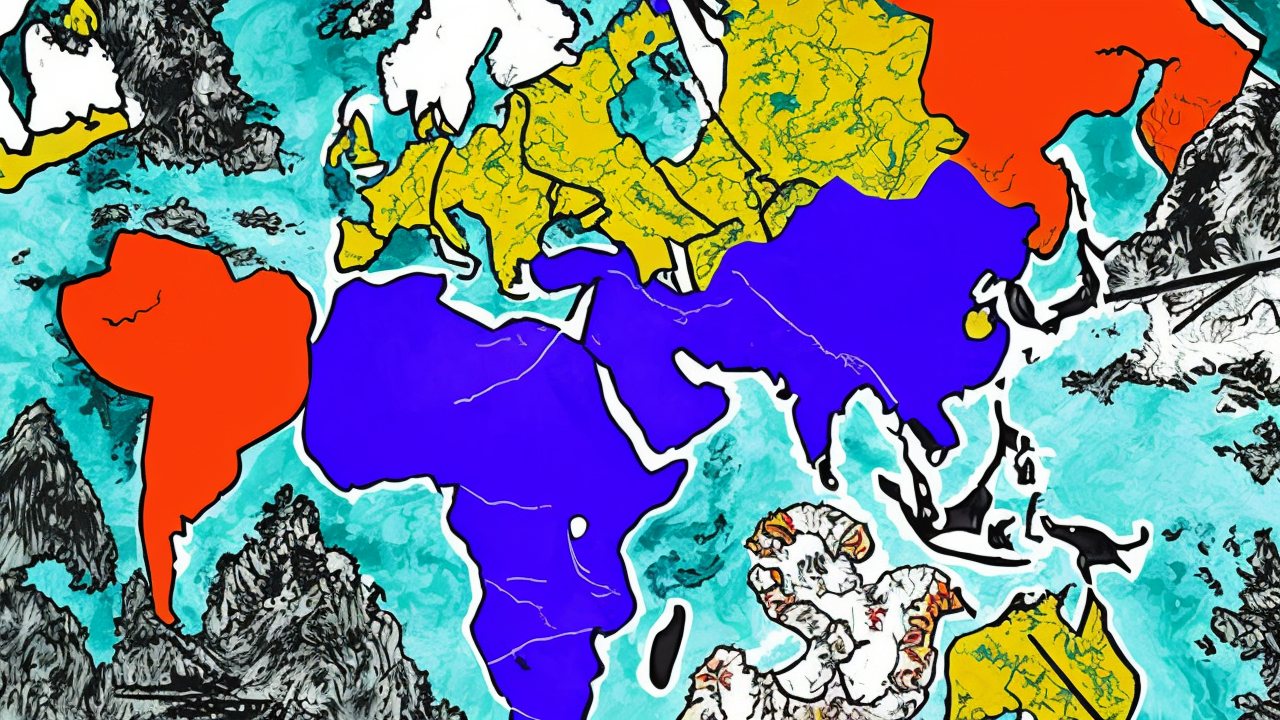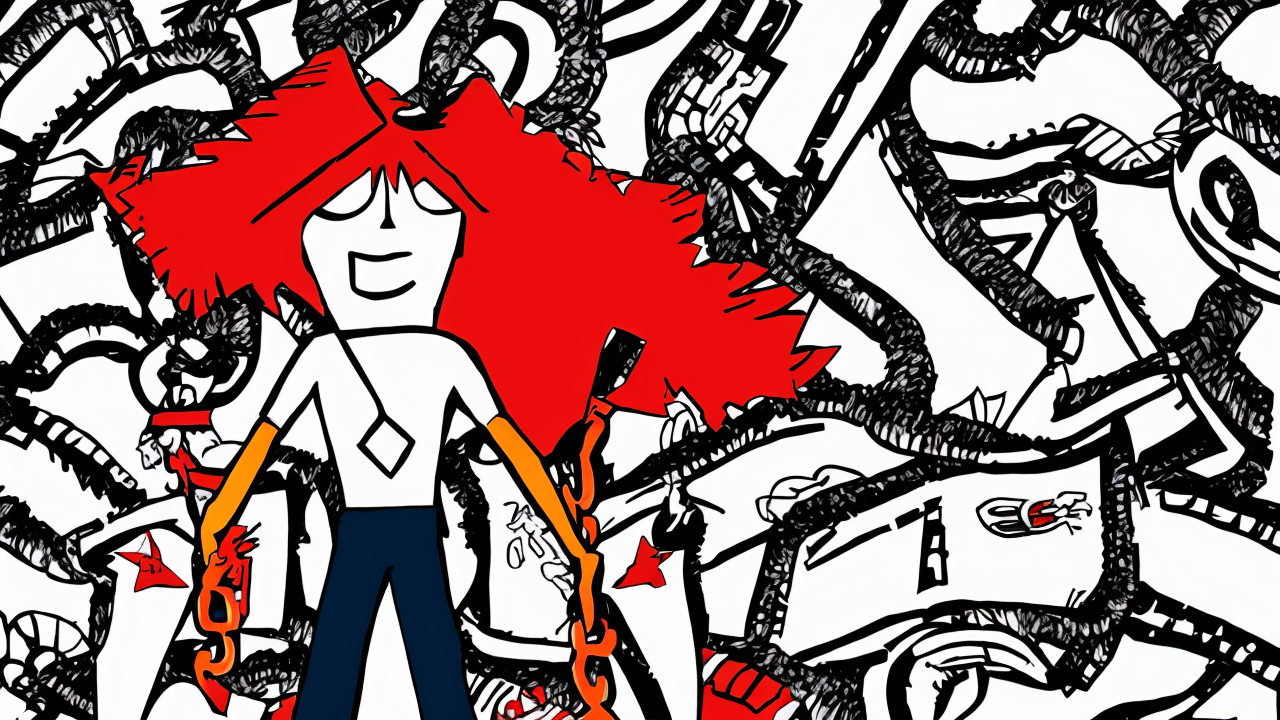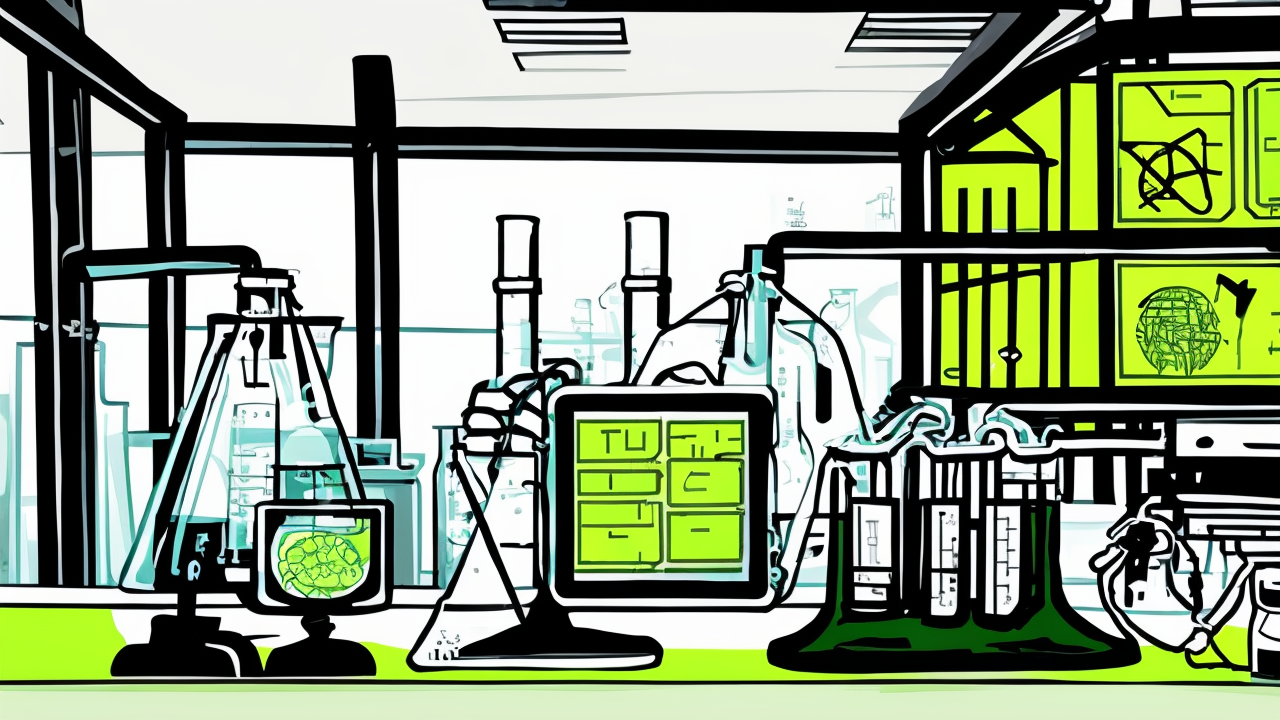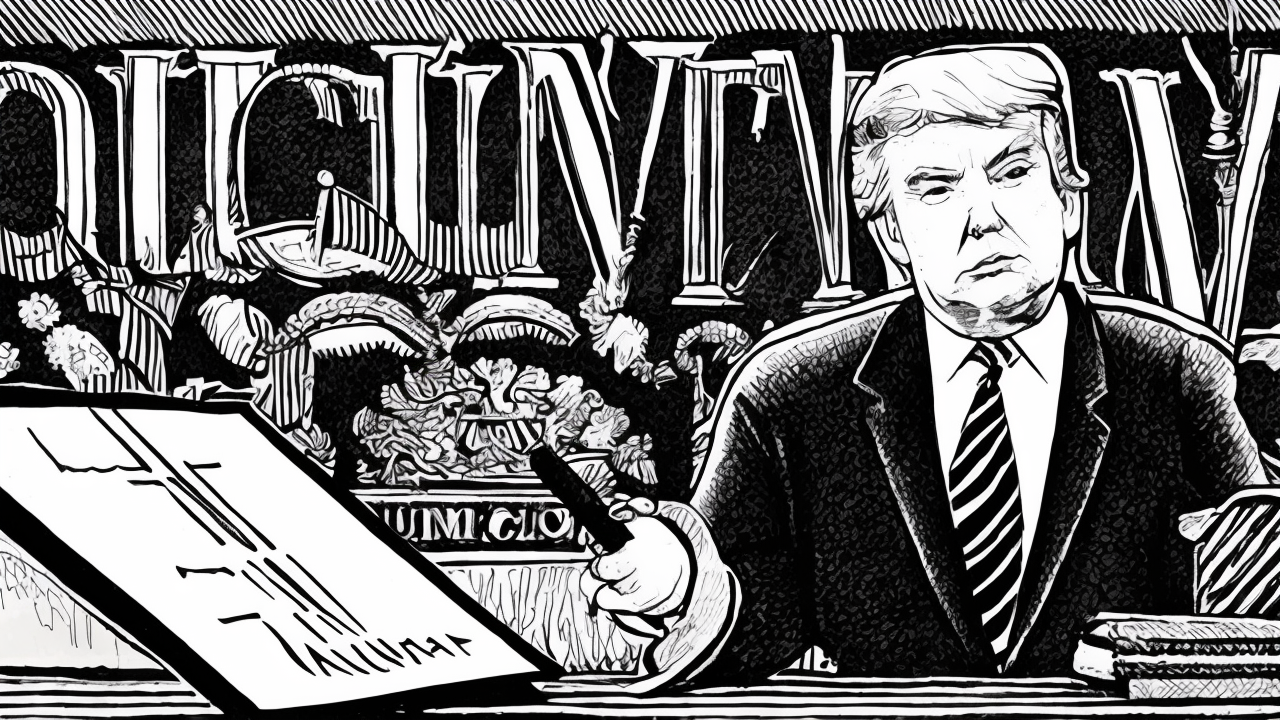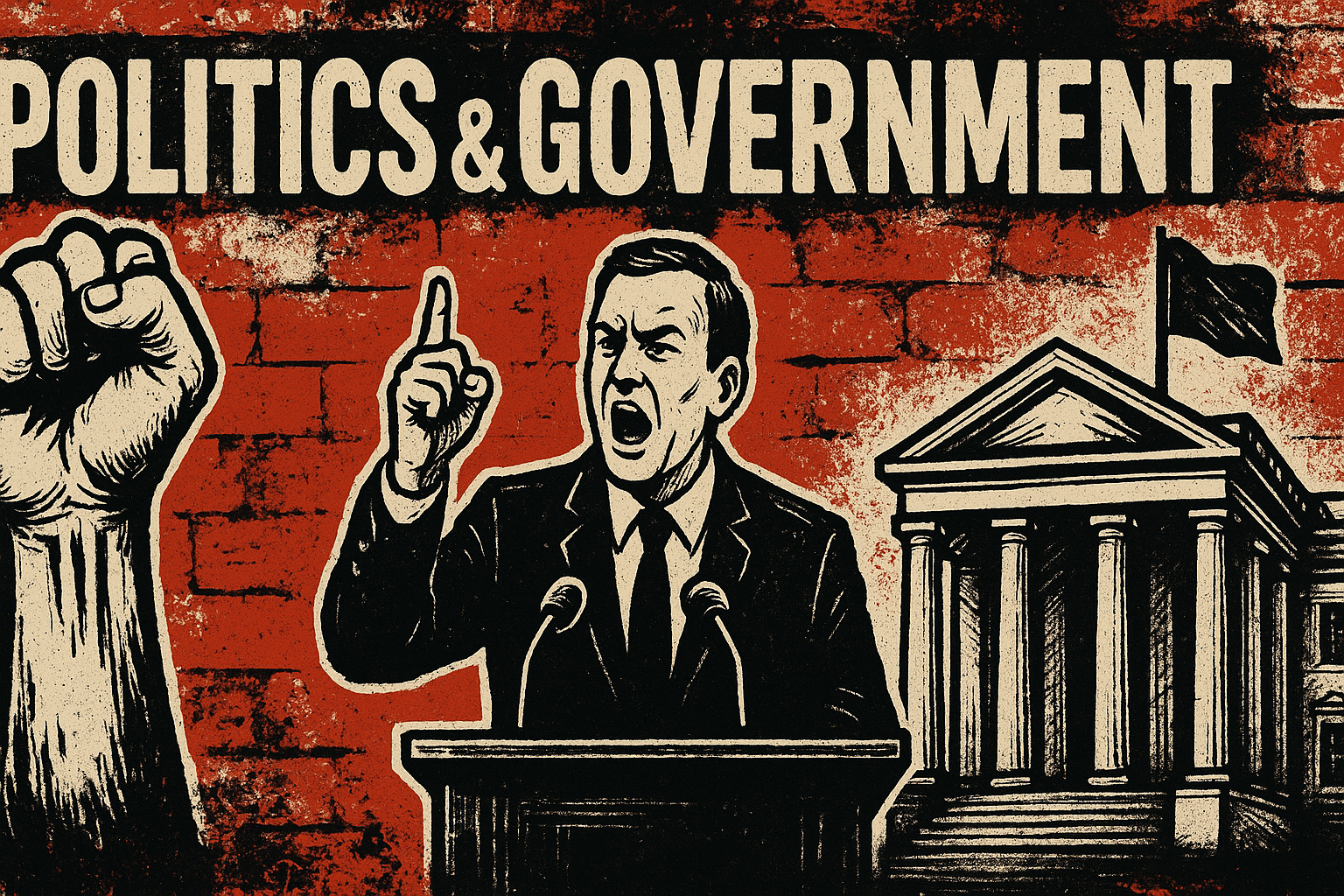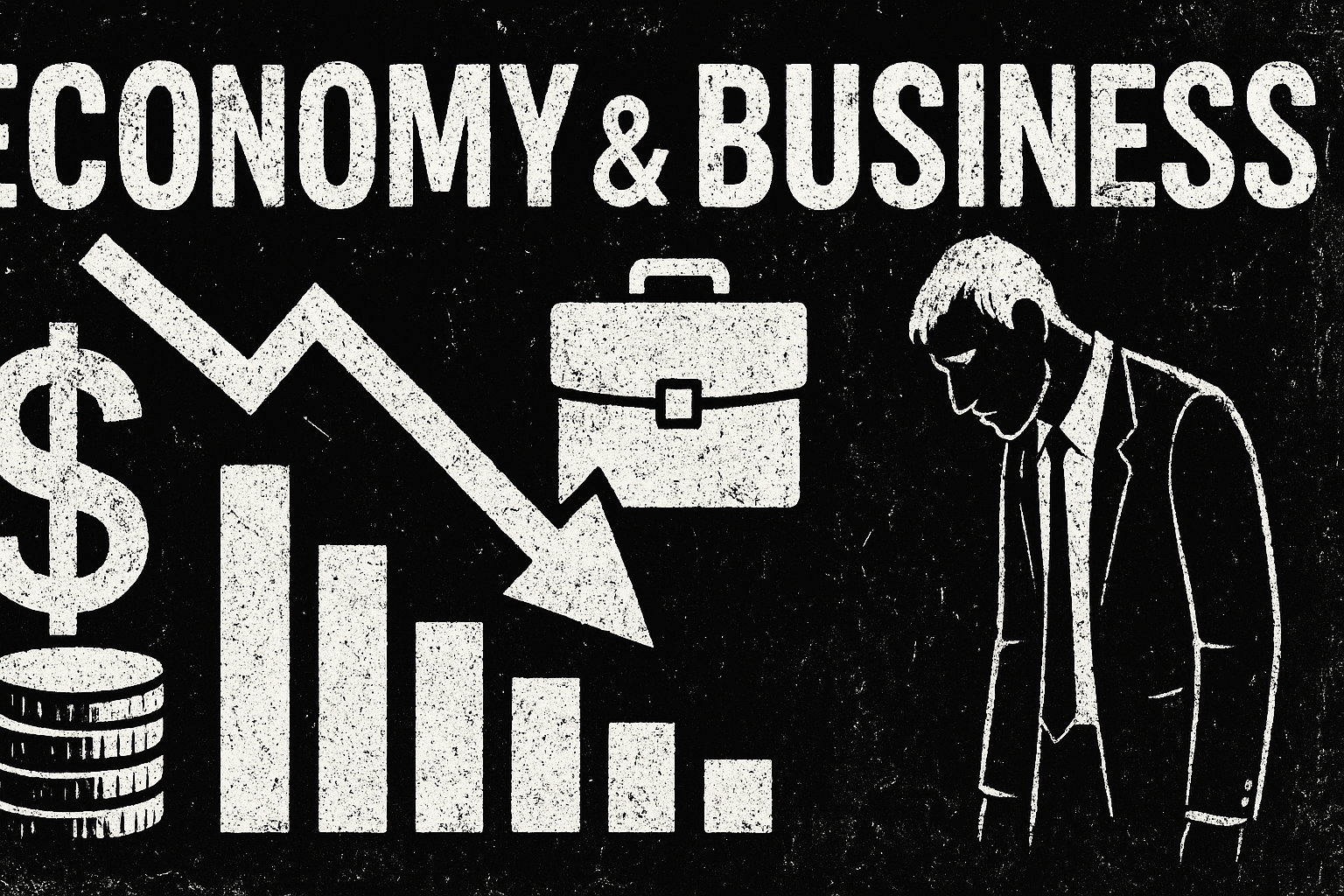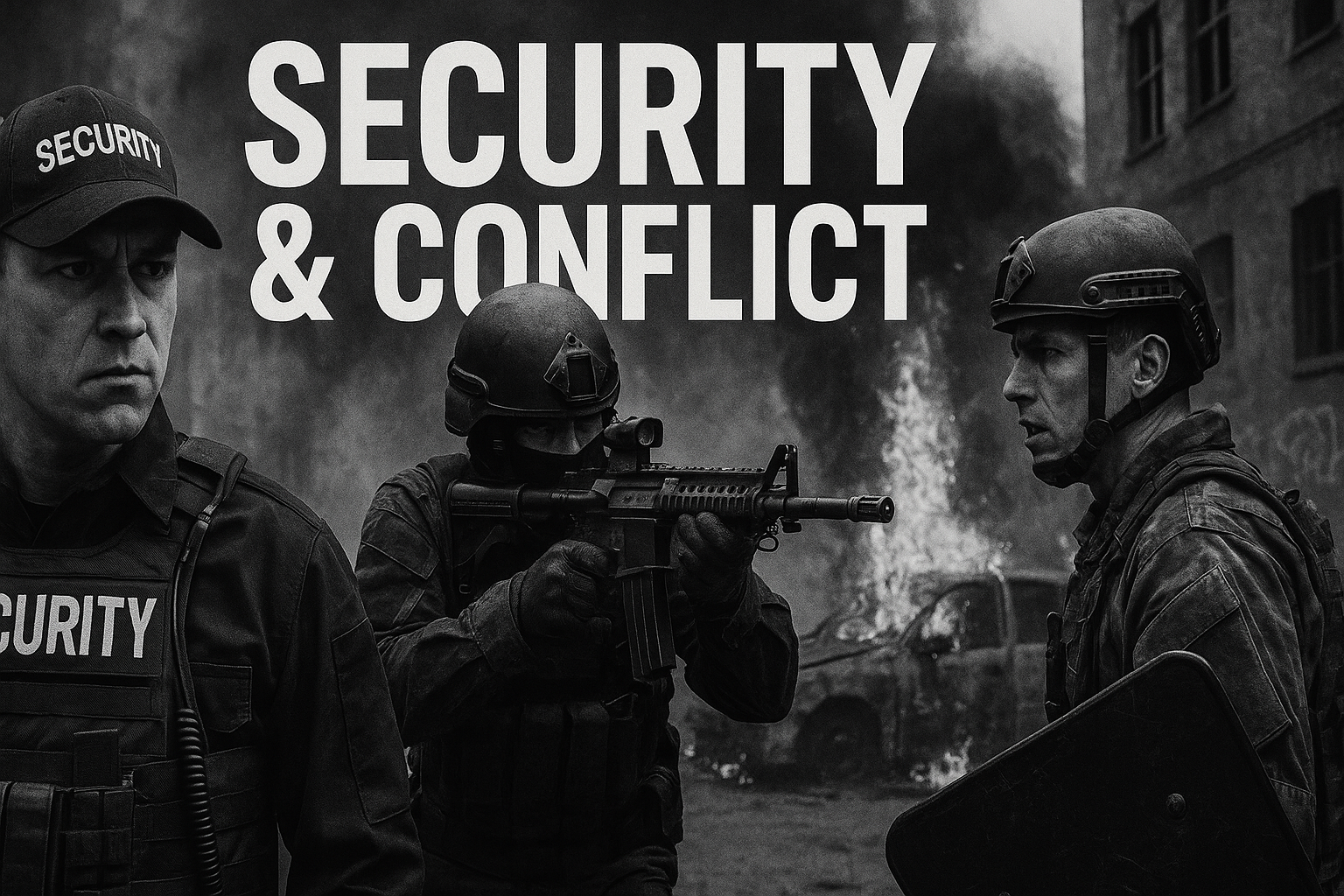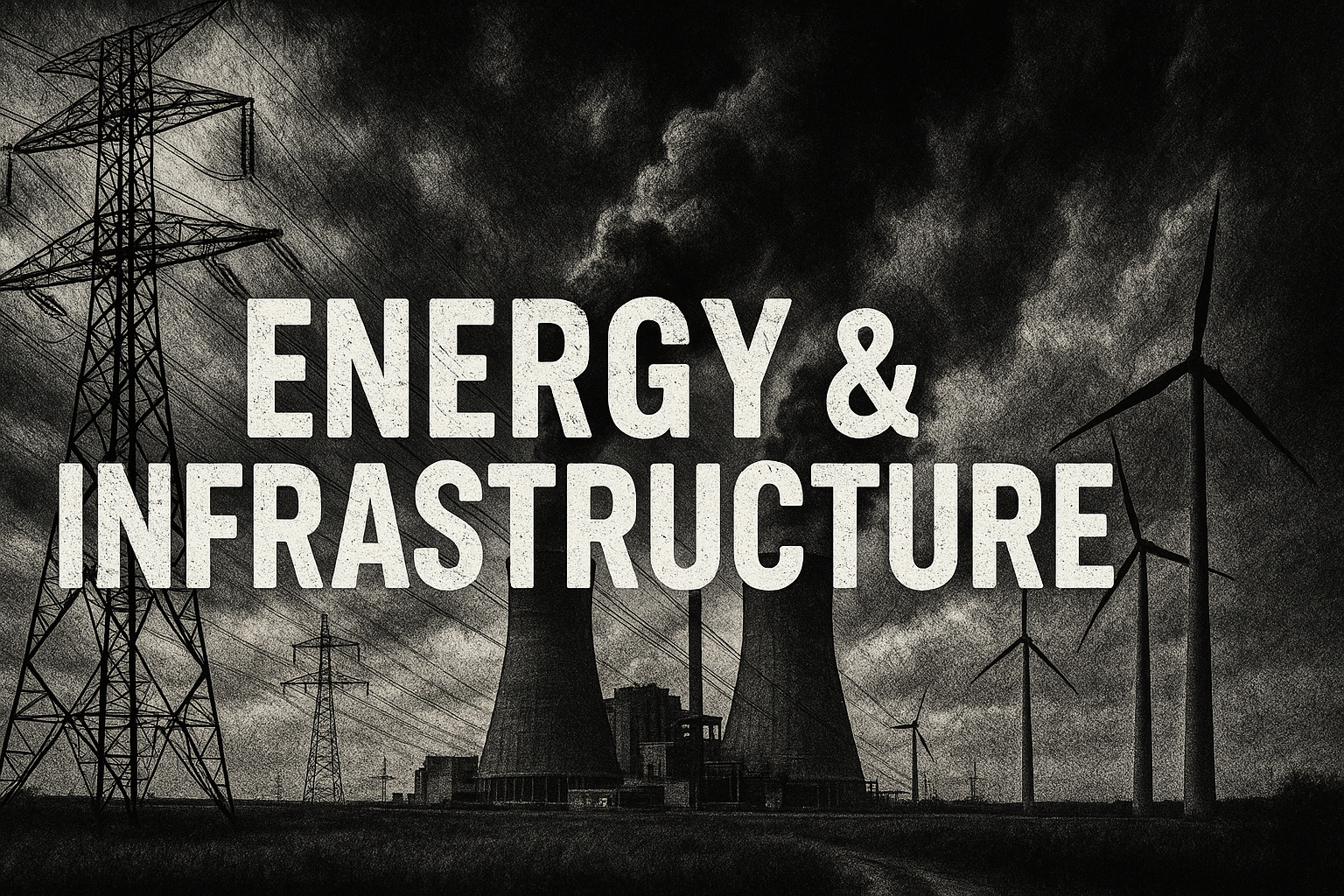Iran Grapples with Severe Water Crisis Amid Economic Turmoil
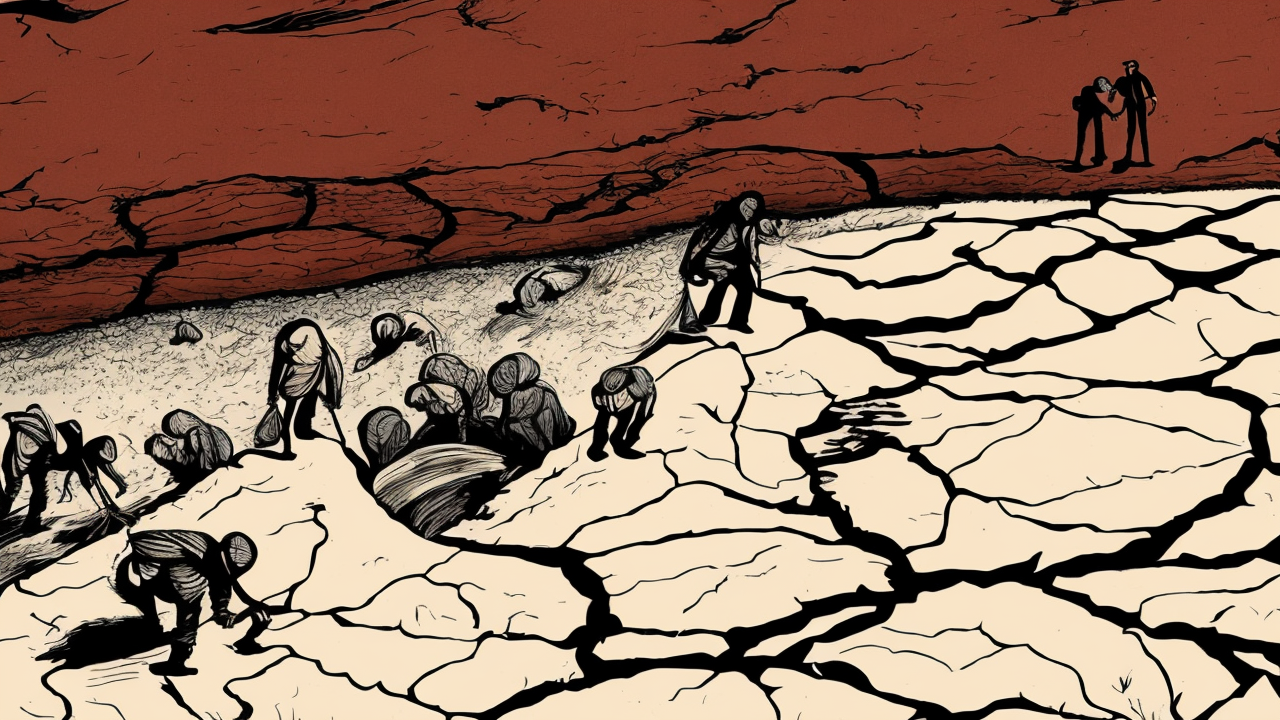
Iran is facing an unprecedented water crisis, exacerbated by decades of mismanagement, climate change, and economic instability. The nation’s reservoirs are at critically low levels, with Tehran’s main dams holding just 13% of their capacity. The Lar dam, a vital water source for the capital, is nearly empty, while other dams range between 6% and 12% full.
The crisis has been compounded by a prolonged drought, with nineteen provinces experiencing significant dry conditions. Hormozgan province has reported a staggering 77% decrease in rainfall, while Sistan and Baluchestan have seen a 72% drop. The situation has been further worsened by record-breaking heat, which has increased water evaporation and strained hydroelectric dams.
Iran’s water management practices have been widely criticized. The government has failed to adopt modern irrigation techniques, such as drip irrigation, and has neglected infrastructure repairs, leading to significant water losses. Over-extraction of groundwater has also caused land subsidence and water quality degradation.
The economic toll of the crisis is immense. Iran’s currency, the rial, has plummeted in value, with 882,000 rials now needed to buy a single dollar, compared to just 42,000 in 1979. Thirty percent of Iranians live below the poverty line, with some estimates suggesting up to 80% are affected. The water shortage has further destabilized an already fragile economy, with widespread anger at the government’s inability to address the crisis.
As Iran struggles to meet basic water and energy needs, the potential for public unrest grows. The government’s call for a 20% reduction in water consumption has proven difficult to enforce, leaving many without access to clean water and basic necessities.
Published: 7/23/2025

